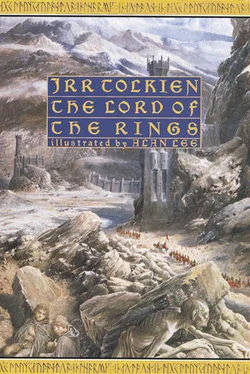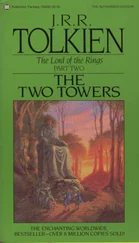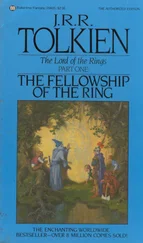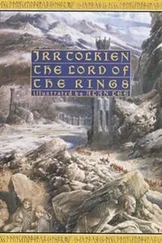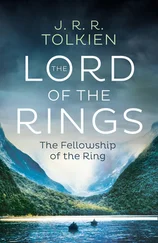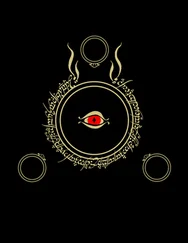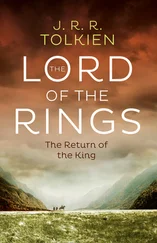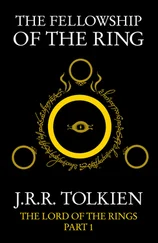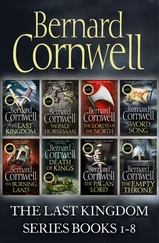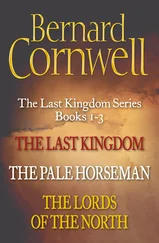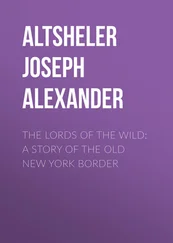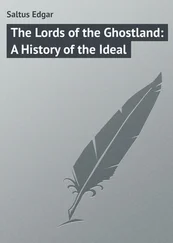Many of the emendations in the present text are to marks of punctuation, either to correct recent typographical errors or to repair surviving alterations introduced in the second printing of The Fellowship of the Ring . In the latter respect and in every case, Tolkien’s original punctuation is always more felicitous — subtle points, when one is comparing commas and semi-colons, but no less a part of the author’s intended expression. Distinctive words such as chill rather than cold , and glistered rather than glistened , changed by typesetters long ago without authorization, likewise have been restored. A controlled amount of regularization also seemed called for, such as naught rather than nought , a change instituted by Tolkien but not carried through in all instances; Dark Power rather than dark power when the reference is obviously to Sauron (or Morgoth); Barrow-downs by Tolkien’s preference rather than Barrowdowns ; likewise Bree-hill rather than Bree Hill ; accented and more common Drúeadan rather than Druadan ; capitalized names of seasons when used as personification or metaphor, according to Tolkien’s predominant practice and the internal logic of the text; and Elvish rather than elvish when used as a separate adjective, following a preference Tolkien marked in his copy of the second edition of The Lord of the Rings . In addition, we have added a second accent to N úmenórean(s) , as Tolkien often wrote the name in manuscript and as it appears in The Silmarillion and other posthumous publications.
The result, nonetheless, still includes many variations in capitalization, punctuation, and other points of style. Not all of these are erroneous: they include words such as Sun, Moon, Hobbit , and Man (or sun, moon, hobbit, man ), which may change form according to meaning or application, in relation to adjacent adjectives, or whether Tolkien intended personification, poetry, or emphasis. His intent cannot be divined with confidence in every case. But it is possible to discern Tolkien’s preferences in many instances, from statements he wrote in his check copies of The Lord of the Rings or from a close analysis of its text in manuscript, typescript, proof, and print. Whenever there has been any doubt whatsoever as to the author’s intentions, the text has been allowed to stand.
Most of the demonstrable errors noted by Christopher Tolkien in The History of Middle-earth also have been corrected, such as the distance from the Brandywine Bridge to the Ferry (ten miles rather than twenty) and the number of Merry’s ponies (five rather than six), shadows of earlier drafts. But those inconsistencies of content, such as Gimli’s famous (and erroneous) statement in Book III, Chapter 7, ‘Till now I have hewn naught but wood since I left Moria’, which would require rewriting to emend rather than simple correction, remain unchanged.
So many new emendations to The Lord of the Rings, and such an extensive review of its text, deserve to be fully documented. Although most readers will be content with the text alone, many will want to know more about the problems encountered in preparing this new edition, and their solutions (where solutions have been possible), especially where the text has been emended, but also where it has not. To this end, and to illuminate the work in other respects, we are preparing a volume of annotations to The Lord of the Rings for publication in 2005. This will allow us to discuss, at a length impossible in a prefatory note, the various textual cruces of The Lord of the Rings, to identify changes that have been made to the present text, and to remark on significant alterations to the published work throughout its history. We will also explain archaic or unusual words and names in The Lord of the Rings, explore literary and historical influences, note connections with Tolkien’s other writings, and comment on differences between its drafts and published form, on questions of language, and on much else that we hope will interest readers and enhance their enjoyment of Tolkien’s masterpiece.
Wayne G. Hammond & Christina Scull
May 2004
FOREWORD TO THE SECOND EDITION
This tale grew in the telling, until it became a history of the Great War of the Ring and included many glimpses of the yet more ancient history that preceded it. It was begun soon after The Hobbit was written and before its publication in 1937; but I did not go on with this sequel, for I wished first to complete and set in order the mythology and legends of the Elder Days, which had then been taking shape for some years. I desired to do this for my own satisfaction, and I had little hope that other people would be interested in this work, especially since it was primarily linguistic in inspiration and was begun in order to provide the necessary background of ‘history’ for Elvish tongues.
When those whose advice and opinion I sought corrected little hope to no hope, I went back to the sequel, encouraged by requests from readers for more information concerning hobbits and their adventures. But the story was drawn irresistibly towards the older world, and became an account, as it were, of its end and passing away before its beginning and middle had been told. The process had begun in the writing of The Hobbit, in which there were already some references to the older matter: Elrond, Gondolin, the High-elves, and the orcs, as well as glimpses that had arisen unbidden of things higher or deeper or darker than its surface: Durin, Moria, Gandalf, the Necromancer, the Ring. The discovery of the significance of these glimpses and of their relation to the ancient histories revealed the Third Age and its culmination in the War of the Ring.
Those who had asked for more information about hobbits eventually got it, but they had to wait a long time; for the composition of The Lord of the Rings went on at intervals during the years 1936 to 1949, a period in which I had many duties that I did not neglect, and many other interests as a learner and teacher that often absorbed me. The delay was, of course, also increased by the outbreak of war in 1939, by the end of which year the tale had not yet reached the end of Book One. In spite of the darkness of the next five years I found that the story could not now be wholly abandoned, and I plodded on, mostly by night, till I stood by Balin’s tomb in Moria. There I halted for a long while. It was almost a year later when I went on and so came to Lothlórien and the Great River late in 1941. In the next year I wrote the first drafts of the matter that now stands as Book Three, and the beginnings of chapters I and III of Book Five; and there as the beacons flared in Anórien and The came to Harrowdale I stopped. Foresight had failed and there was no time for thought.
It was during 1944 that, leaving the loose ends and perplexities of a war which it was my task to conduct, or at least to report, I forced myself to tackle the journey of Frodo to Mordor. These chapters, eventually to become Book Four, were written and sent out as a serial to my son, Christopher, then in South Africa with the RAF. Nonetheless it took another five years before the tale was brought to its present end; in that time I changed my house, my chair, and my college, and the days though less dark were no less laborious. Then when the ‘end’ had at last been reached the whole story had to be revised, and indeed largely re-written backwards. And it had to be typed, and re-typed: by me; the cost of professional typing by the ten-fingered was beyond my means.
Читать дальше
Конец ознакомительного отрывка
Купить книгу
